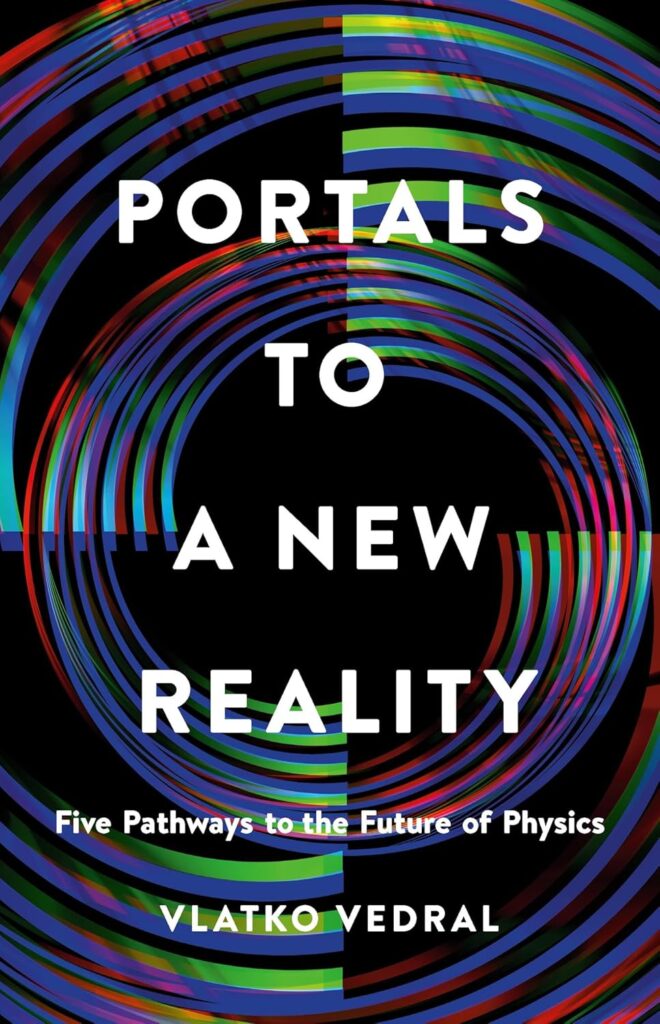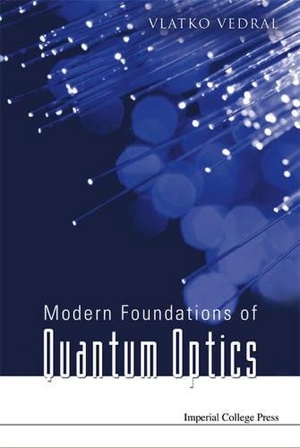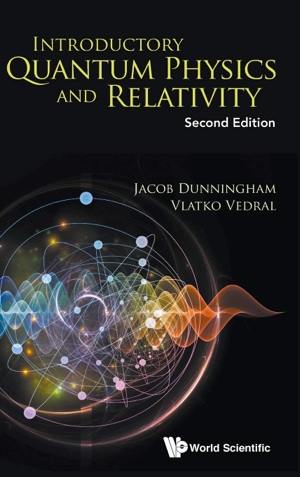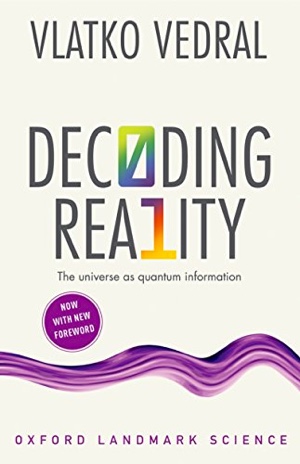Irreversibility
Explaining the fact that virtually all processes in the macroscopic domain take place in one direction, but not backwards, has eluded us ever since the days of Newton. A hot cup of coffee always ultimately cools down to reach the temperature of its surroundings. We (unfortunately, in this case perhaps) never observe the opposite process by which a cold cup of coffee spontaneously heats up and becomes drinkable again.
This existence of directionality in nature, the famous arrow of time, presents a problem for physics, since – at the microscopic level – each atom comprising the cup of coffee and its surroundings can move equally at ease in any direction, forwards and backwards. If we follow the motion of each of the atoms as the cup cools down, and then reverse each of the atomic trajectories, they would all end up going backwards and undo the cooling (thereby heating the coffee up). But this never happens spontaneously, out of its own accord.
Why not? Some people would say that this impossibility is behind the famous Second Law of thermodynamics. One cannot get anything useful out of equilibrium, meaning a state in which everything is at the same temperature, without investing some extra work. For instance, we need to supply electricity to heat up the stove in order to then reheat our cooled down coffee. Yet nothing in the microscopic laws of physics tells us that this must be so.
The second law can be expressed in terms of entropy, by saying that the entropy of a closed system (i.e. the one that is insulated from its environment) never goes down. The entropy usually increases, until it reaches its maximum, which is the state of equilibrium. However, in the microscopic domain, we again have a problem accounting for the entropy increase. Our microscopic laws, those of quantum physics, are perfectly reversible and this means that they preserve entropy. The entropy of a closed system obeying laws of quantum (or classical) physics always stays the same.
Now, there are two ways one can argue for irreversibility from the underlying reversible laws (both arguments are due to Boltzmann, the man who dedicated most of his career to this problem). Loosely speaking, one is based on statistics, the other on complexity. Even though Boltzmann only used classical mechanics, both can be phrased quantum mechanically too.
The process of cooling can be understood according to Boltzmann by analyzing collisions of individual atoms. When two atoms collide, their states (meaning their density matrices in quantum physics) become correlated (possibly even entangled). Boltzmann tells us that when each of these two atoms now interact with two new atoms, the correlations established in the first collisions can be neglected. This neglect of the correlations is what leads to the entropy increase. Boltzmann called it the “assumption of molecular chaos” (actually, he used an incredibly long German word, but this is not relevant here).
All fine and good, until the atoms that interacted initially, come to interact again. Poincare tells us that this must happen sooner or later, if the underlying dynamics (classical or quantum) is reversible. Here, the correlations that were initially established do become important and can actually even be undone in the next collision (upon which, if we buy Boltzmann’s logic, the entropy would go down!). The assumption of molecular chaos can therefore be justified for a while if the system under consideration has many atoms since it might take a long time for a collision of the same two atoms to reoccur. But ultimately, this cannot be right which is why Boltzmann’s assumption was criticized by people like Zermelo.
The second justification for the arrow of time that Boltzmann offered was when corresponding with Loschmidt (of the “echo” fame). Loschmidt said that if all the velocities of all the molecules were reversed at some point during the dynamics, the system would then return back to its initial state. So it cannot be that the entropy always increases, since – upon reversal – it would have to go back to its initial value. Boltzmann’s reply to this objection was apparently: “go ahead and reverse them!”. This is meant to say that the complexity of tracking all the atomic motions and then performing the reversal of each atom’s velocity is an exceedingly difficult (maybe even impossibly complex) task. All the king’s horses and all the king’s men couldn’t put Humpty Dumpty together again.
So there we have it. The arrow of time in the macro world is either due to the erasure of microscopic correlations, or due to our (fundamental or otherwise) inability to perform a complete reversal of complicated macro dynamics. But is that all there is to it?
Many physicists are unhappy with this explanation of the second law. After all, the first law of thermodynamics, which is a statement of the overall conservation of energy in a closed system, is perfectly compatible with the microscopic (classical or quantum) dynamics. There is no need to make extra statistical arguments, or invoke the complexity of performing certain operations, in order to explain energy conservation. Energy is always conserved, exactly. Period.
Why can’t the second law be just like that? One possibility is that the second law is simply not as fundamental as the first (I can hear Kelvin and Eddington spinning in their graves). It only happens to be true when we have large enough systems comprised of many constituents and it is then that irreversibility emerges from the underlying reversible laws (as we sprinkle them with a bit of statistics and add in some complexity). Many physicists would probably agree with this view of the second law (yours truly, guilty as charged).
However, my colleagues Chiara Marletto and David Deutsch think otherwise. Chiara, in particular, maintains that it is possible to phrase the second law in a manner that it applies to objects at all scales and not just in the macroscopic world. But how can this be given that we said that total entropy cannot increase (or decrease) in quantum physics?
Enter: constructors. Constructors were introduced by von Neumann to generalize computers to machines that are also capable of replicating. Von Neumann suggested to use constructors to colonize Mars, but actually all living systems can also be thought of as constructors with different sets of repertoires (humans having a larger set of tasks they can perform in their repertoire than, say, spiders).
When it comes to thermodynamics, we could think of physical processes as tasks that constructors are able to execute. A typical thermodynamical constructor would be a chemical catalyst in the sense that it enables a reaction to occur, which otherwise, without the catalyst, would simply not be possible. But just like with chemical reaction, it could be that there is no constructor to perform the reverse of a given tasks (luckily, I should say, for us and other living systems, since we certainly don’t want our metabolism to suddenly start going backwards).
In this way, Chiara and David would say that the second law could be put on an equal footing with the first one, namely that they are both universal and apply to everything. There is a lot more to be said about the topic of constructors and irreversibility, but I just wanted to whet your appetite at this stage. At the popular level, there is Chiara’s great recent book “The science of can and can’t”. For those interested to read something more formal, I recommend our recent paper on the topic:
“Emergence of Constructor-Based Irreversibility in Quantum Systems: Theory and Experiment”
(Chiara Marletto et al., Phys. Rev. Lett. 128, 080401 – Published 23 February 2022).
Sign up to my substack
BOOKS
ASK ME ANYTHING!
If you'd like to ask me a question or discuss my research then please get in touch.





